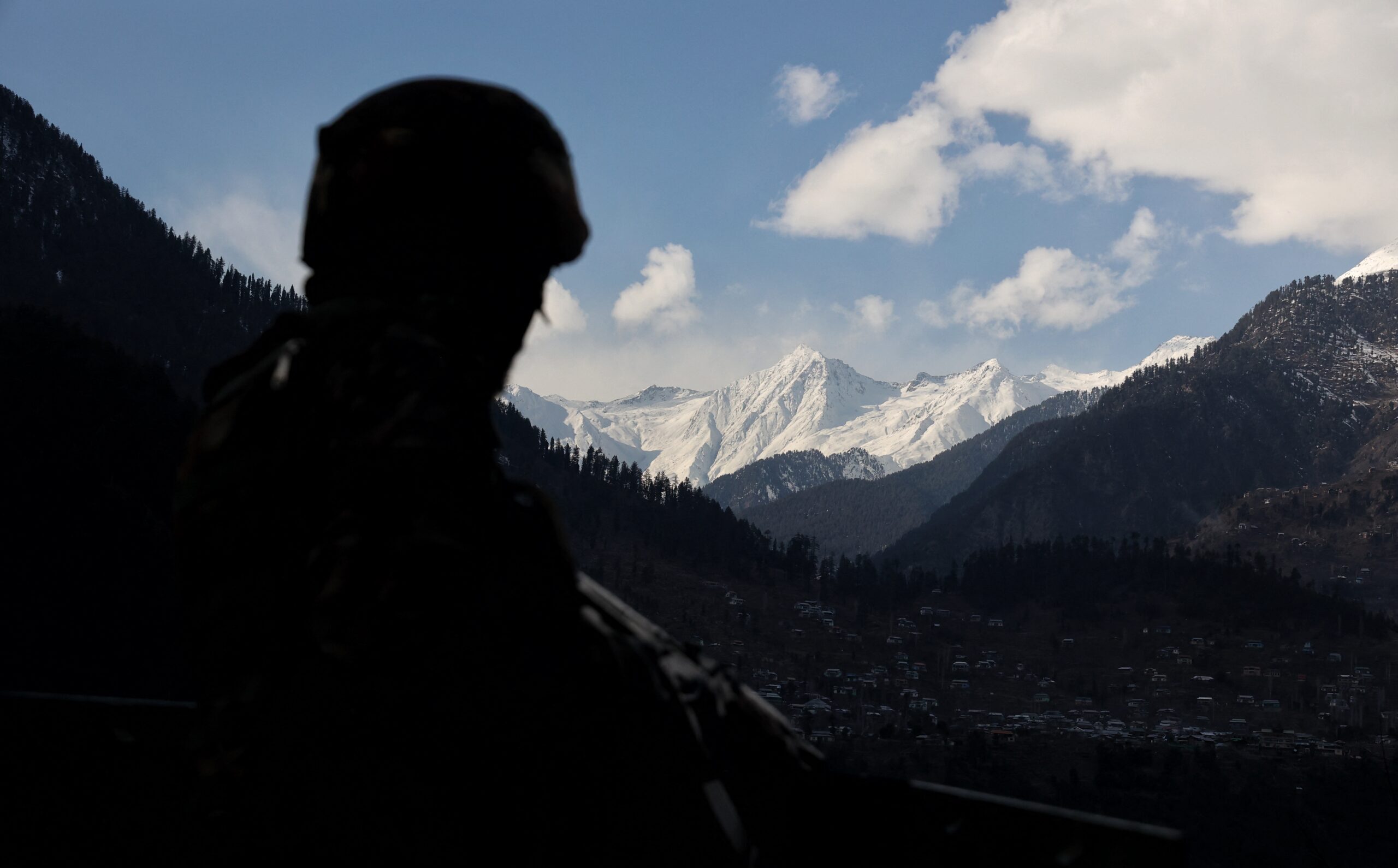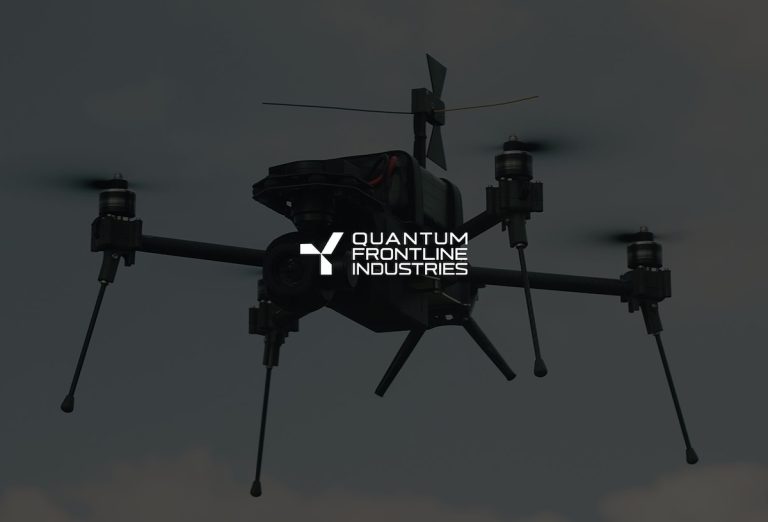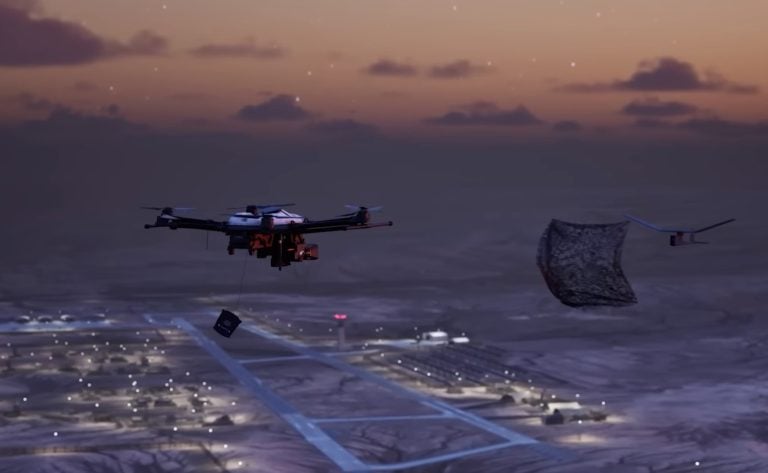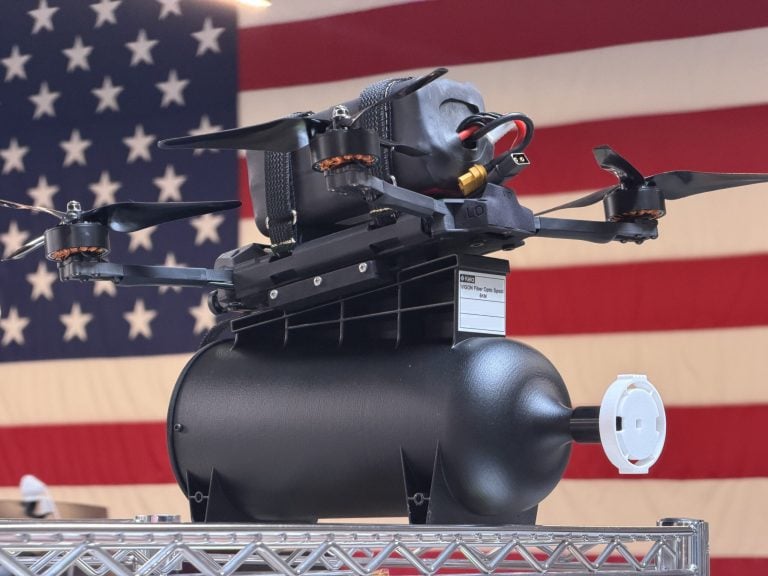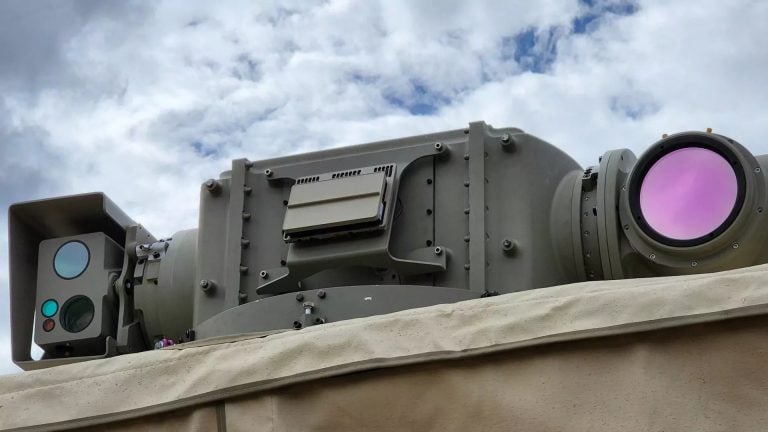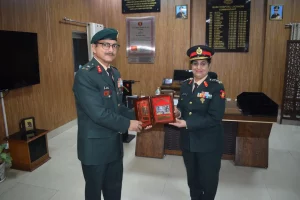The Indian Army has marked a significant advancement in its counter-terrorism capabilities with the introduction of a cutting-edge artificial intelligence system known as TAIWS. This sophisticated weapon is designed to enhance the military’s operational efficiency by swiftly identifying and neutralizing threats, boasting an impressive operational response time of merely 10 milliseconds.
TAIWS is engineered to meticulously scan extensive areas for any signs of hostile movement, allowing for an almost instantaneous reaction to potential threats. This capability is particularly crucial in counter-terrorism operations, where timely responses can mean the difference between success and failure. The system employs advanced AI algorithms that enable it to process information rapidly, ensuring that risks are assessed and addressed in real-time.
Equipped with a medium machine gun, TAIWS has the capacity to engage targets at a distance of up to 1.8 kilometers (1.1 miles). However, its operation is not entirely autonomous; the system functions under the oversight of a human supervisor who must confirm the target before the weapon is deployed. This critical human element helps to mitigate the risks of accidental engagement and ensures adherence to rules of engagement.
By integrating AI technology into its operations, the Indian Army is not only enhancing its combat effectiveness but also setting a precedent for the use of modern technology in military engagements. The introduction of TAIWS signals a shift towards more automated systems in the defense sector, which could redefine traditional operational strategies.
As counter-terrorism efforts evolve, the role of technology becomes increasingly pivotal. TAIWS represents a groundbreaking step towards achieving greater precision and efficiency in military operations, thereby strengthening India’s capability to tackle security challenges posed by terrorism and insurgency.
The full scope of this development and its implications for future military engagements will be explored in depth in the upcoming publication, NextGen Defense, which promises to provide further insights into this revolutionary advancement within the Indian military arsenal.
